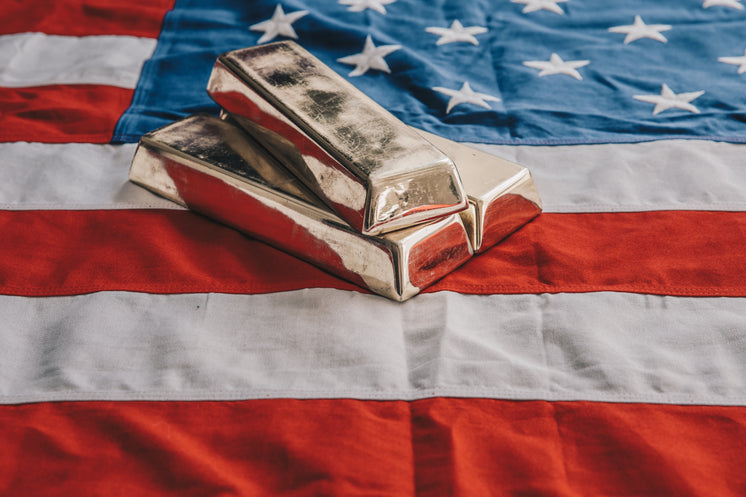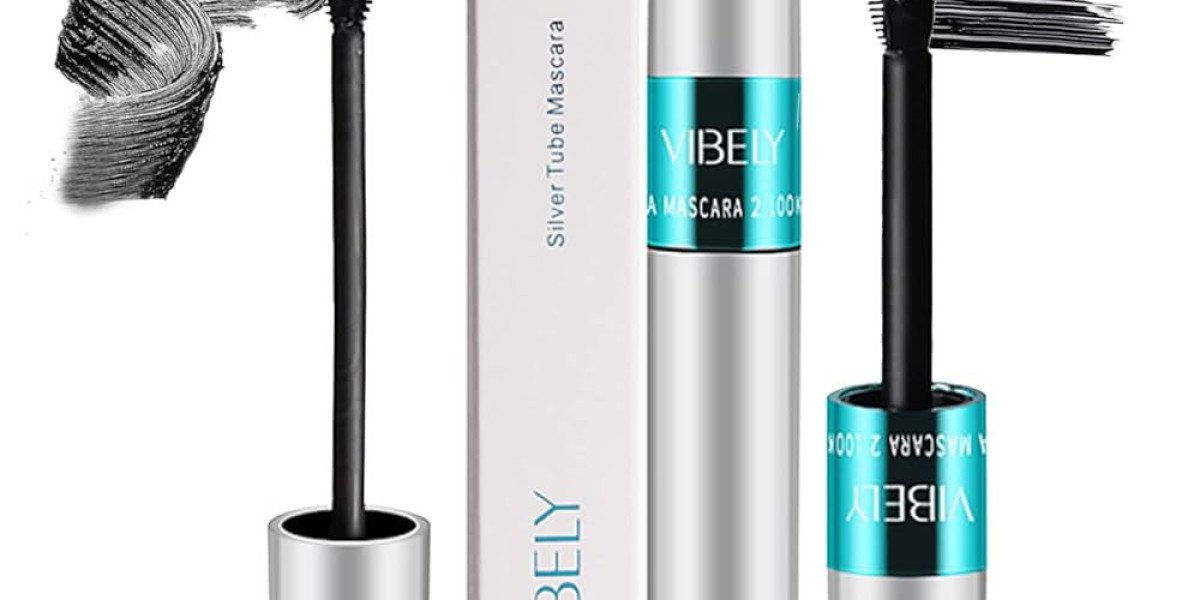In an ever-changing financial panorama, individuals are continuously searching for methods to secure gold ira investment their monetary future, particularly in relation to retirement. Considered one of the most effective methods to safeguard and probably grow retirement savings is through a Valuable Metals Particular person Retirement Account (IRA). This text will delve into what a Precious Metals IRA is, its advantages, how you can set one up, and why it is perhaps a smart addition to your retirement portfolio.
What's a Precious Metals IRA?
A Precious Metals IRA is a specialized type of self-directed IRA that permits buyers to carry bodily precious metals—such as gold, silver, platinum, and palladium—in their retirement accounts. Not like conventional IRAs, which usually hold paper property like stocks and bonds, a Precious Metals IRA supplies the distinctive benefit of tangible property that may function a hedge in opposition to inflation and economic downturns.
The benefits of a Precious Metals IRA
- Inflation Hedge: Precious metals have traditionally maintained their value during inflationary intervals. When fiat currencies lose value, precious metals often respect, helping to preserve your purchasing energy.
- Diversification: Together with valuable metals in your retirement portfolio can diversify your investments, reducing danger. In times of economic uncertainty, while stocks could plummet, valuable metals often rise, offering a stabilizing impact in your overall portfolio.
- Tangible Assets: In contrast to stocks or bonds, valuable metals are bodily assets that you can hold. This tangibility can provide peace of mind, particularly throughout instances of monetary instability.
- Tax Advantages: Like different IRAs, Precious Metals IRAs offer tax-deferred progress. This means you won’t pay taxes on any gains till you withdraw funds from the account, allowing your investments to develop without the burden of fast taxation.
- Wealth Preservation: Precious metals have been used as a retailer of worth for centuries. Investing in them generally is a option to preserve wealth across generations, making them an interesting choice for long-term investors.
The way to Arrange a Precious Metals IRA
Establishing a Precious Metals IRA entails several steps:
- Select a Custodian: Step one is to seek out a qualified custodian who focuses on self-directed IRAs. The custodian will handle your account, handle transactions, and guarantee compliance with IRS laws.
- Fund Your Account: You can fund your Precious Metals IRA by means of varied strategies, together with a rollover from an present retirement account (like a 401(k) or traditional IRA), a transfer from another IRA, or by making a new contribution.
- Select Your Treasured Metals: As soon as your account is funded, you can select which treasured metals to invest in. If you beloved this report and you would like to receive a lot more data about gold ira investment accounts usa kindly go to the internet site. The IRS has specific guidelines regarding the types and purity of metals which can be acceptable for IRAs. Generally, gold must be not less than 99.5% pure, silver 99.9%, and platinum and palladium at least 99.95%.
- Purchase and Store Your Metals: Your custodian will facilitate the acquisition of the metals and arrange for their storage. It’s vital to notice that the IRS requires that precious metals held in an IRA be saved in an authorised depository, not in your personal possession.
- Monitor Your Funding: Like every funding, it’s essential to monitor the performance of your Precious Metals IRA. Keep knowledgeable about market tendencies and regulate your holdings as essential to align along with your retirement goals.
IRS Regulations and Requirements
When investing in a Precious Metals IRA, it’s crucial to adhere to IRS rules to keep away from penalties. Some key factors to bear in mind embody:

- Eligible Metals: Solely certain varieties of precious metals are allowed. Gold, silver, platinum, and palladium must meet specific purity standards. Coins should even be minted by a national authorities or an approved non-public mint.
- Storage Rules: As mentioned earlier, precious metals have to be stored in an IRS-accredited depository. This ensures the security of your investment and compliance with IRS rules.
- Contribution Limits: Like conventional IRAs, there are annual contribution limits for Valuable Metals IRAs. For 2023, people under 50 can contribute up to $6,500, while those aged 50 and older can contribute up to $7,500.
Dangers and Concerns
Whereas a Precious Metals IRA provides numerous advantages, it’s important to contemplate the risks concerned:
- Market Volatility: The prices of treasured metals will be volatile. While they'll serve as a hedge towards inflation, their worth can fluctuate primarily based on market conditions.
- Storage Charges: Storing bodily metals incurs costs, which can eat into your funding returns. It’s essential to factor in these fees when considering a Precious Metals IRA.
- Liquidity Considerations: Selling physical metals can take time and will not at all times yield quick money, unlike promoting stocks or bonds.
Conclusion
A Precious Metals IRA is usually a helpful addition to your retirement portfolio, offering a unique approach to diversify your investments and protect in opposition to inflation and economic uncertainty. By understanding the advantages, organising the account, and adhering to IRS rules, you can place your self for a extra safe monetary future. As with every investment, it’s essential to conduct thorough research and consult with a monetary advisor to determine the perfect strategy to your individual needs and targets. Investing in precious metals is usually a clever resolution, but it surely needs to be a part of a nicely-rounded retirement plan that considers your general financial scenario and funding targets.








